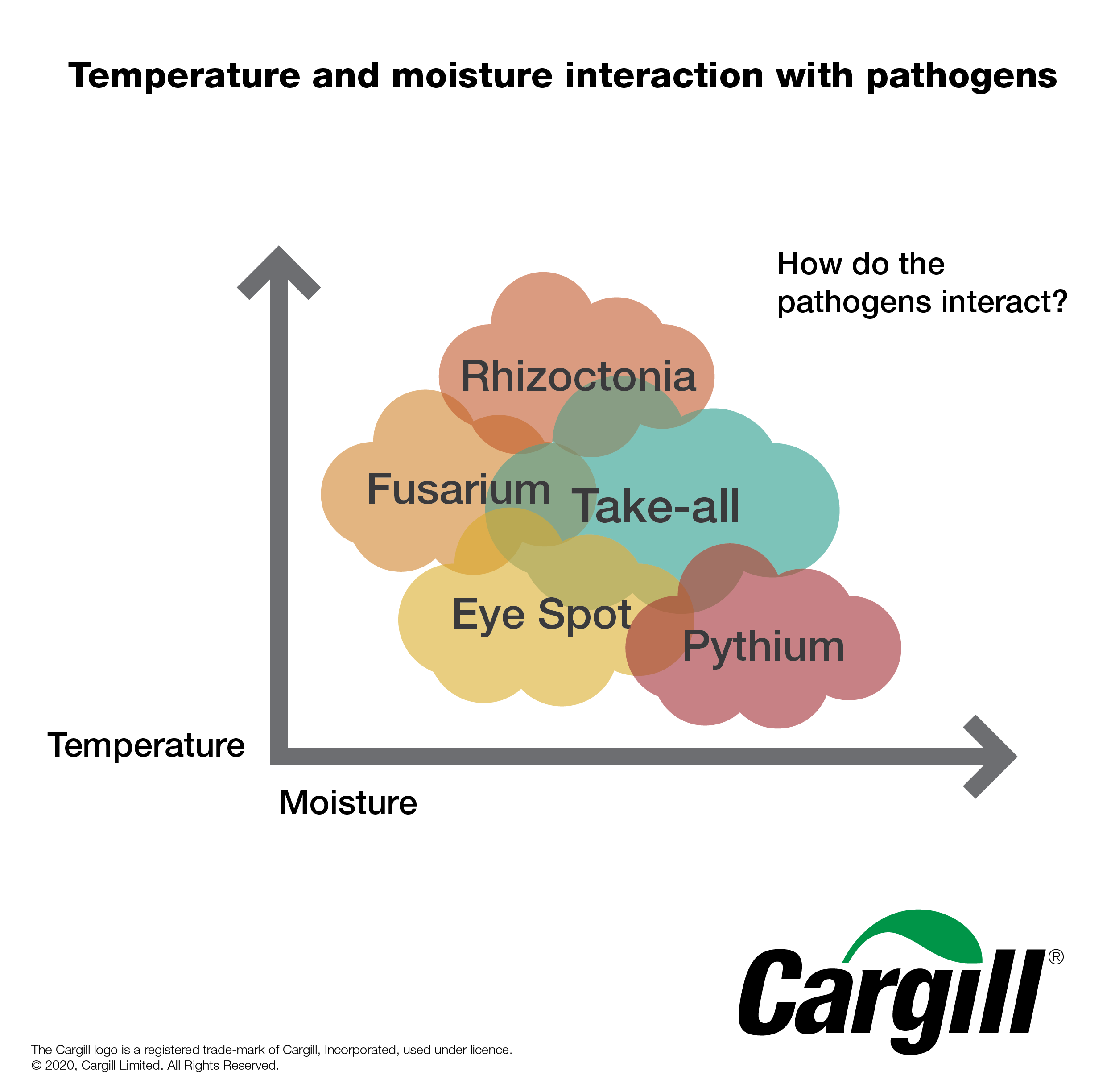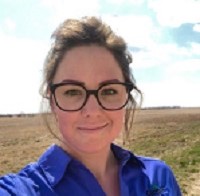The best way to tell if your seed treatment is working
Nothing beats a side-by-side comparison
The three top ways to tell if your seed treatment is working, are: check strip, check strip, check strip. And I say that knowing just how challenging it can be to include one in your seeding plans.
It can be a time consuming task, and you likely need extra equipment for marking the check strip, along with the time to provide extra instructions for employees. But if you need convincing of the value of a seed treatment, seeing is believing. There are plenty of farmers who see the value and factor in the cost of a seed treatment every year, but I know farmers who see it as an extra they can get away without using.
In any given year, several weeks after seed goes in the ground it can be difficult to know how successful you might have been if only you’d applied that seed treatment (or if you hadn’t). That’s where a side-by-side comparison under identical conditions can help you understand if your crop is showing:
- Early vigor or slow emergence
- Even emergence or an uneven plant stand
- Even maturity or uneven maturity
- Reduced in-crop disease pressure or in-crop disease
You get two more opportunities in the growing season to see if a seed treatment contributed to your success. The earlier vigor, even emergence, and healthier stand of a crop that has had a seed treatment applied will make a huge difference when you determine the timing of your in-crop fungicide application later on – if it’s necessary. For example, the 50% flower timing for cereal fungicide application is a narrow window and much easier to stay within if your entire crop reaches that stage at the same time.
You should also see results at harvest, but at that point it’s impossible to give all the credit to your seed treatment.
Seed treatments protect newly sprouted roots and shoots from soil and seed borne disease. Different diseases will thrive under different environmental conditions and soil temperatures. That’s why I see a seed treatment as an important protector every year. Look at it as a part of a healthy crop plan that includes layers of protection like pre-seed weed control, in-crop herbicide, and fungicide.
Of course, the risk increases in a field of peas with a history of Aphanomyces, a cereal field with a history of high Fusarium, or a canola field that’s seen root rot, cutworms or wireworms. These fields likely carry the disease or insect in the soil. Therefore response from seed treatment will be high.
If you need help determining if your 2020 seed treatment has been effective, contact your local Cargill team.


Michelle Thompson
Michelle is a Market Development Agronomist with Cargill.
